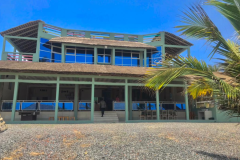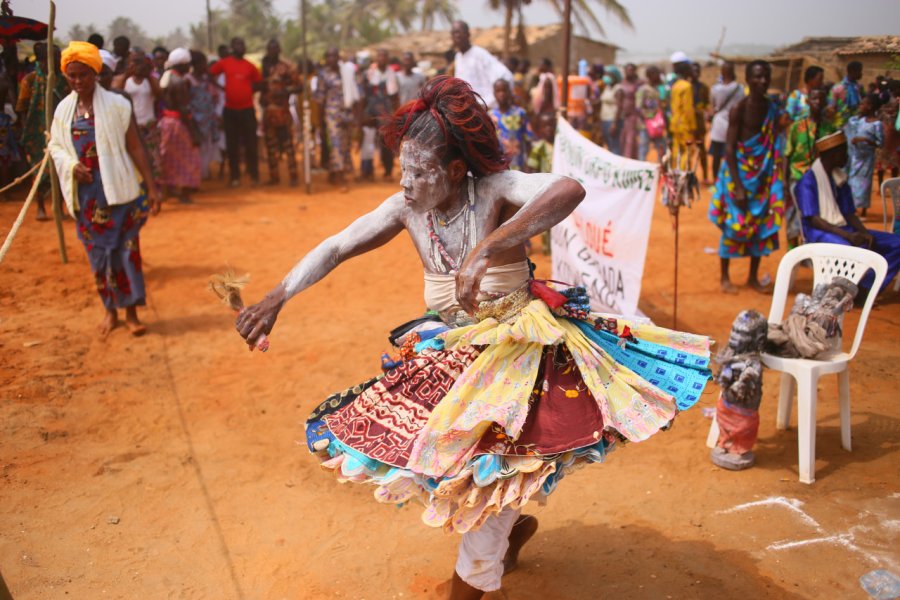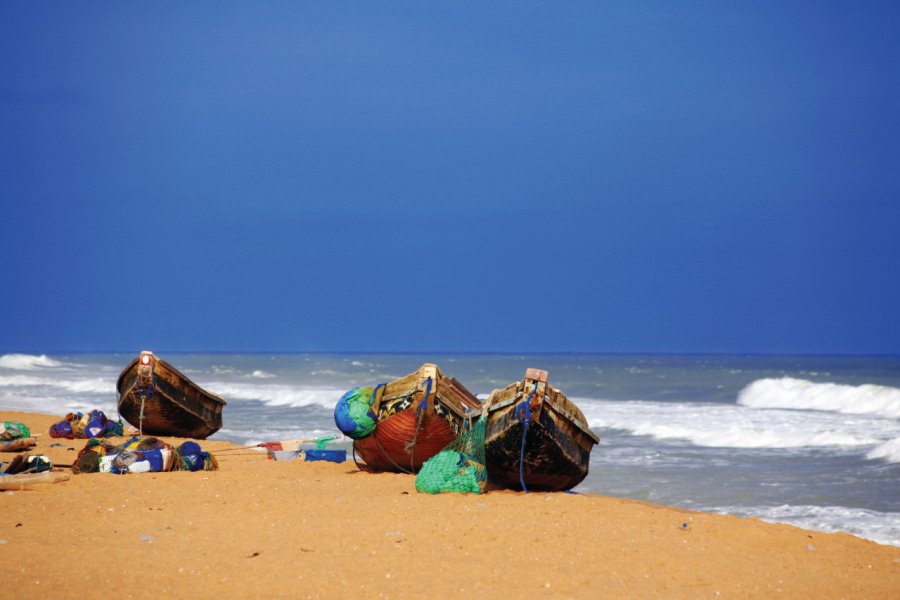Travel Guide Grand-Popo
Find an accommodation
Advertising
Grand-Popo is a former commercial crossroads where Portuguese navigators came to buy palm oil especially to the Xwla or Huela, which they called Popo, which would mean "fishermen", but this the remains controversial. Grand-Popo, the colonial city, would really have developed under the leadership of the Dreyfus administrator from 1901. The many colonial buildings that are still seen, such as the court, the post, the old counters, the school of girls and boys… testify to the past splendour of this ancient circle, because with the construction of the Cotonou port and Wharf, Grand-Popo was gradually abandoned and became a ghost city. Moreover, a whole part of the town that had spread along the coast was sunk under the effect of the sea's progress, covering nearly 10 km of buildings, including the church, town hall… moreover, the fishermen's nets often cling to submerged foundations. However, this phenomenon appears to have stabilized. Today, Grand-Popo, with its beach, is a holiday resort where the whites and the rich traders of Lomé and Cotonou come to rest. Its privileged location also makes it the starting point for the discovery of the Mouth of Le Roy, which marks the mouth of the Mono River, as well as many villages bordering the river where one can see Legba (the dieux protective gods) or other convents, thus approaching some aspects of voodoo worship, very living in the region. A place of idleness, where the tradition of hospitality still keeps its meaning, romantic strolls on the beach at sunset and evenings of full moon always magical.
What to visit Grand-Popo?
Weather at the moment
Advertising
Organize your trip with our partners Grand-Popo
Transportation
Book your plane tickets
Car Rental
Boat rental
Accommodation & stays
Find a hotel
Holiday rental
Find your campsite
Tailor-made trip
Immersion travel
Services / On site
Activities & visits
Find a doctor
Grand-Popo travel inspiration
Find unique Stay Offers with our Partners
Pictures and images Grand-Popo
Other destinations nearby Grand-Popo
25 km away
100 km away















